Buying the right sink is one of the most important factors for your kitchen’s looks as well as functionality. It’s something that will be used every day for a long time, therefore, it should be made of quality materials, to be aesthetically pleasing and to serve well without getting damaged after a little while. You’ll come across many different materials on the market: copper, cast iron, composite granite, stainless steel and so on. But it’s the copper and stainless steel ones that dominate, so most homeowners will probably need to decide between the two.
Stainless Steel vs Copper Sinks – How Do They Differ?
For decades people have been using stainless steel sinks in their kitchens and recently the design levelled up, so you can find various forms, and sizes. Stainless steel sinks have cleaner lines and can match a modern kitchen perfectly. Additionally, a stainless steel sink is a great long-term investment as it won’t crack, chip or make too much noise.
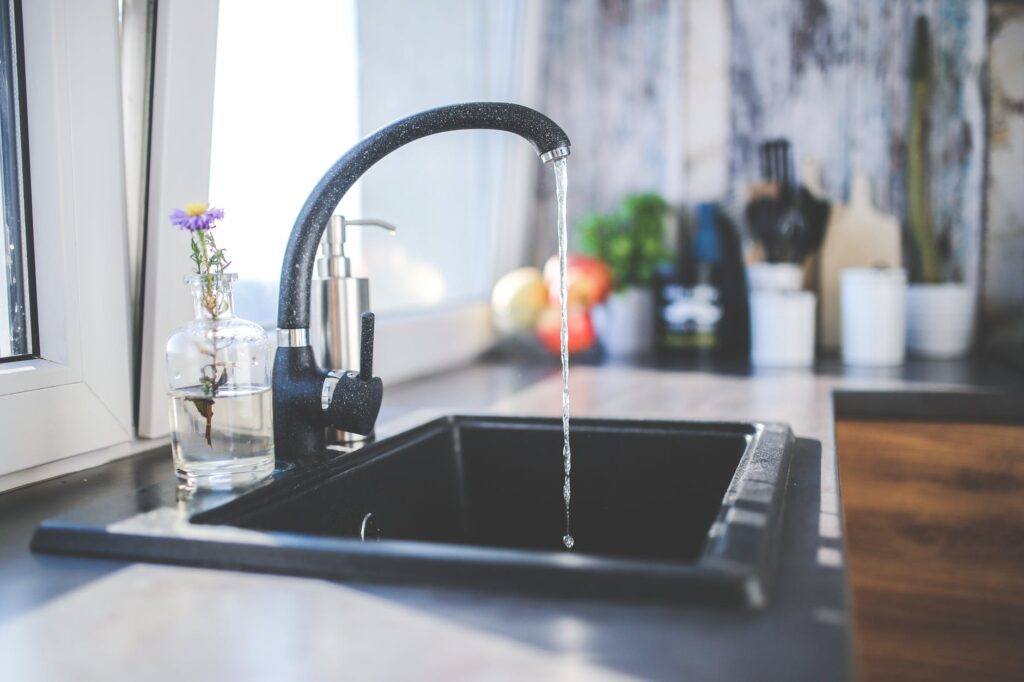
It may seem that stainless steel has no downsides; however, there’s one thing that could go “wrong” and that is denting, which could happen upon an impact of a very heavy item or after long use.
Copper (which is stainless steel’s serious competition) is an eco-friendly solution. It’s also antimicrobial and works well for both kitchens and bathroom sinks. Copper is rust and corrosion-resistant, durable and recyclable. It’s usually available in industrial and rustic designs but can also have a sleek minimalist making it ideal for an antique or contemporary kitchen.
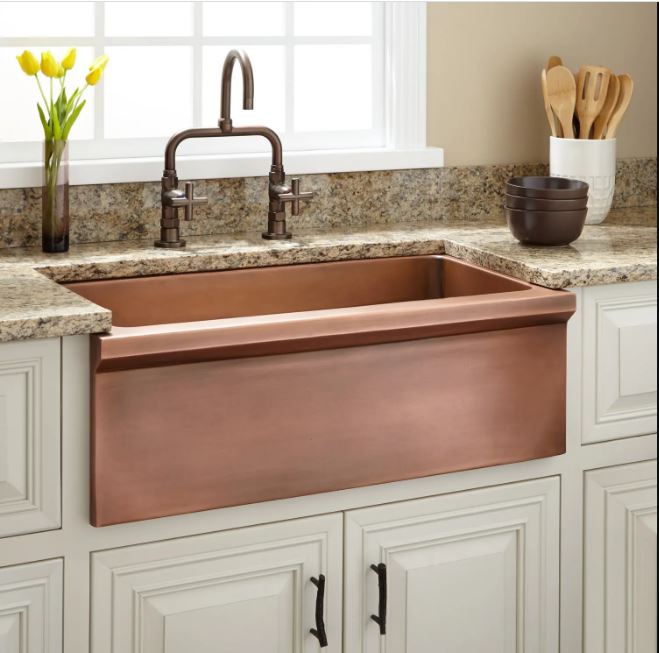
You can find various textures that can blend in with metallic taps. This material ages naturally, which gives the sink a lovely raw look after years of use.
Which Option Is Easier to Maintain?
Copper is naturally anti-microbial which means that it kills microbes within two hours (which means you can rest assured your sink is clean even if you don’t clean it that often). Stainless steel isn’t anti-microbial, but it has a high resistant to acidic foods, abrasive cleaners, and metal pots, which means you can use all of these without worrying whether or not you will damage the sink.
Make sure to wipe a sink made of stainless steel with a soft cloth after every use to avoid water spots. Rinse the sink after every use so food particles won’t stick to it. Clean it thoroughly at least once a week with a stainless steel sink cleaner (or a soap) and a non-abrasive sponge. When cleaning, clean with the grain not against it. Rinse it entirely and wipe it with a dry soft cloth.
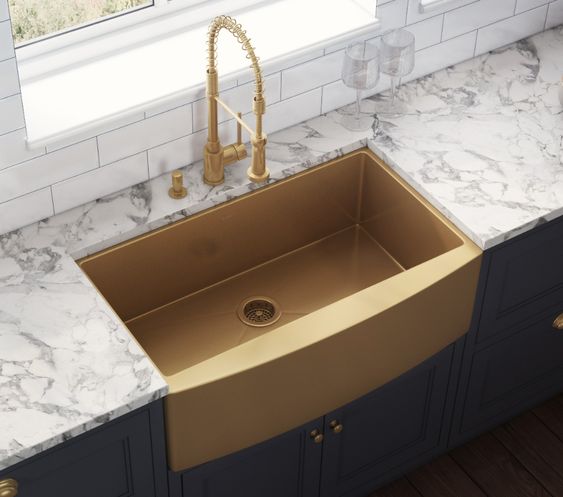
It’s not uncommon for both types of sinks to get scratches from years of use, but they can easily soften and become part of the sink’s pattern and grain.
Consider the Price
Most stainless steel kitchen sinks are very affordable, however, some models may reach a few hundreds of dollars. But overall, you can find a decent sink for less than $100. The price will depend on the brand, designer, size, and shape. Your budget won’t be burdened as much if you decide to get a ceramic sink, for example.
Copper on the other hand is a bit more expensive than stainless steel, but again, it depends on the model, design and shape. On average, you can expect that copper sinks are up to 25% more expensive than stainless steel sinks.
What Kind of Finishes Are Available?
The finish depends on your preference and you can choose between a mirror finish, brushed and matte finishes, satin and textured finish.
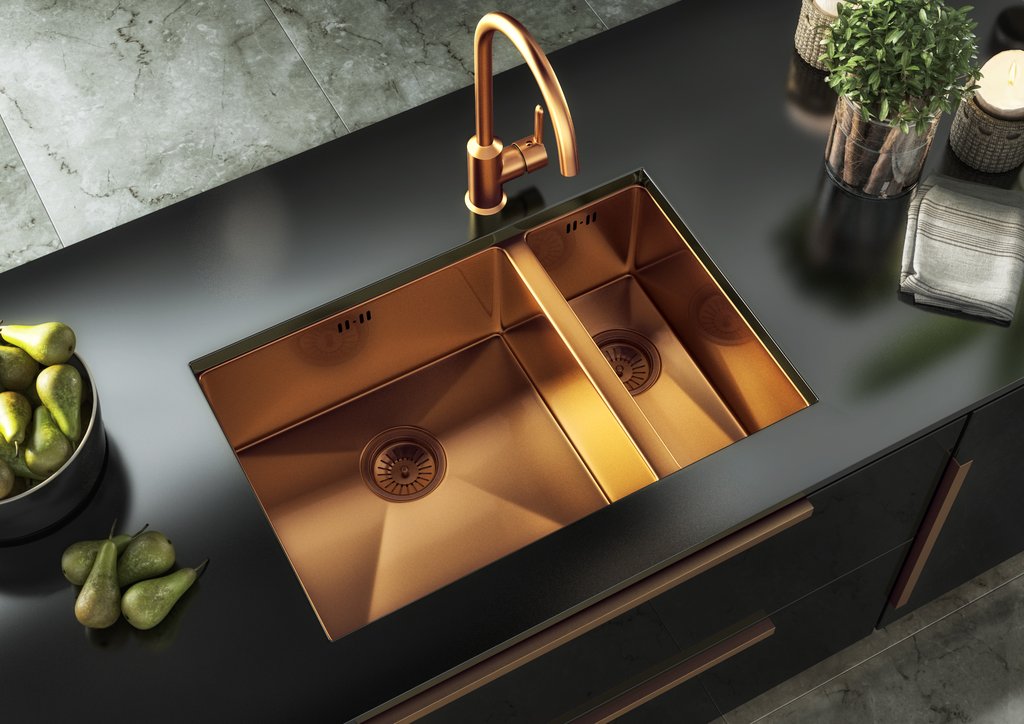
The mirror finish has a shiny and visible grain, but it will show even the tiniest scratch. Brushed and matte finishes are highly popular and they are great camouflage for potential scratches. Satin is the most popular option because it’s not too shiny. If you go with the textured finish, your sink won’t show any damages but will be a real challenge for cleaning.
To Sum Up
Both materials are excellent, durable, and come in various shapes and finishes, but if your budget is tight and you still want something durable and quality, then stainless steel is a much better option. If you’re going for the stainless steel option, make sure to be informed about the gauge and grade.
“Gauge” refers to the thickness of the steel. Most stainless steel sinks are made of 16 to 22 gauge steel. If the number is lower, the steel will be thicker. Just an example – 16-gauge steel is .0625″ thick, while 22-gauge steel is .0313″. A sink with a lower gauge has a better life expectancy and will last longer. Thinner sinks will easily dent and can damage; you know that echo sound when you turn on the faucet and wash your dishes – it happens because of a damaged and dented sink. That said, the best quality comes with 16- or 18-gauge sinks.
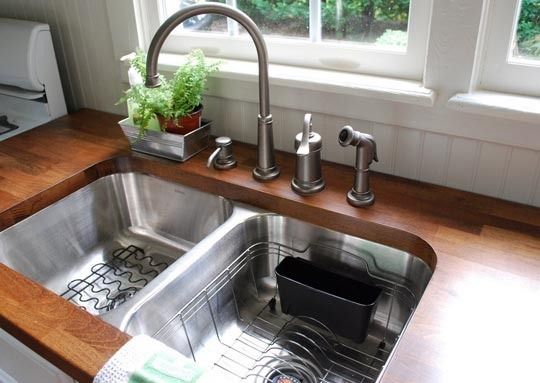
On the other hand, the sinks’ grade shows the percentage of nickel and chromium in the steel. It’s recommended to get at least an 18/8 stainless steel sink that has 18% chromium and 8% nickel (which is a great ratio for stain resistance). The higher the grade, the better the steel.
